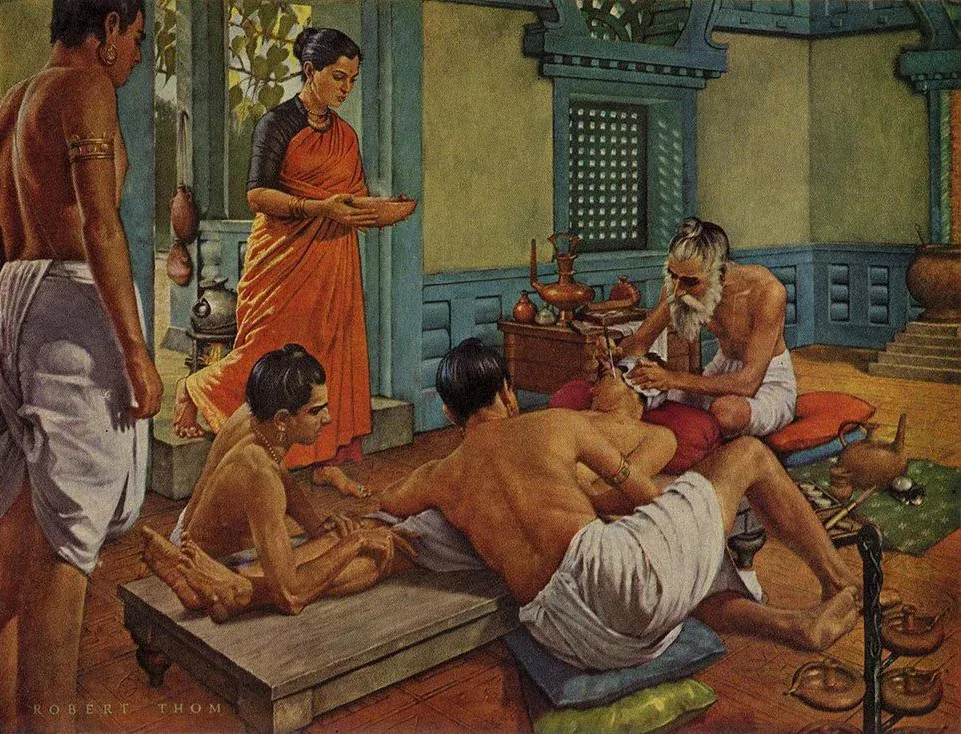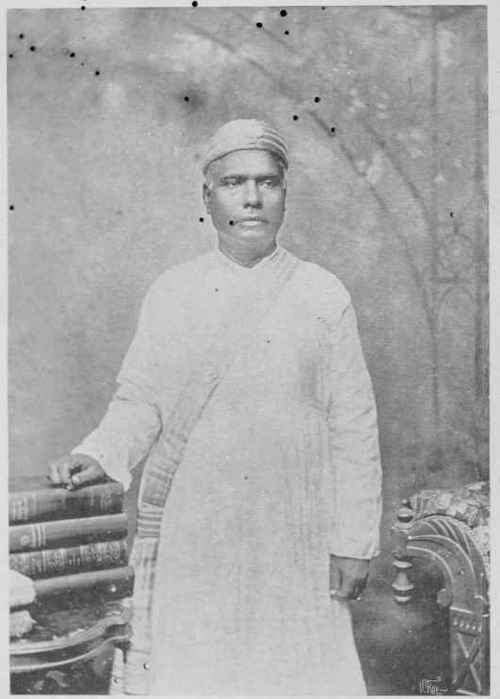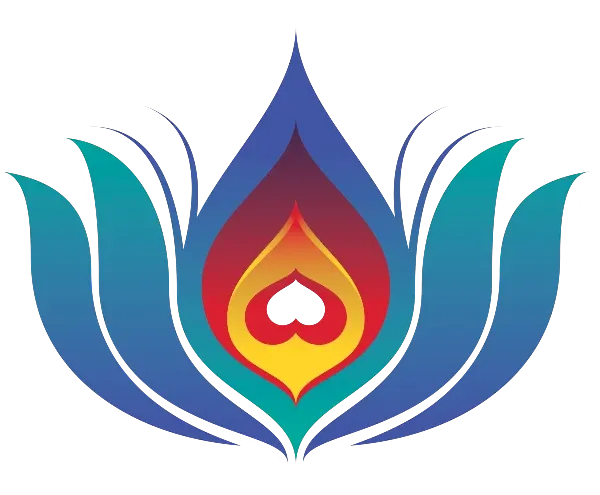Sushruta & his Samhita -Part 2 - To Europe with Love!

In the first part, we saw that the letter published in the October 1794 edition of The Gentleman’s Magazine (TMG), by a certain “B.L.” who described “a very curious chirurgical procedure” of “affixing a new nose on a man’s face” that was unknown to the Europeans but had been practiced in India for generations.
So how do we make the leap from Cowasjee to Sushruta? Well, the method the potter used to reconstruct the nose is the art of nasikasadhana (Sanskrit for “nose reconstruction”). It is unlikely that the potter knew of its origins etc, but the procedure was transmitted from one practitioner to another within a single-family and had been practiced that way for generations.
Surgeons and scholars agree that Sushruta is the father of surgery and the first principles of surgery are said to be written by him in 600 BC (?) in his treatise Sushruta Samhita (compendium).
We can now connect these dots, that the potter was unwittingly practicing a skill passed within his family called, nasikasadhana — a method prescribed by Sushruta in his compendium Sushruta Samhita.

A reader of TMG by initials T.L responds to the letter by B.L stating that he is mistaken because, in Europe, Taliacotius, surgeon of the Grand Duke of Tuscany and had written a treatise De Curtis Membris as well as a book titled Chirurgical Comes, published in 1687 which has detailed reconstruction of nose, ears, and lips¹. Similar operations were also noted to have been performed by Alexander Benedictus in 1497, called the Italian method with a flap taken from the arm. Historical evidence suggests it that may have been practiced at least 50 years prior, by a Sicilian surgeon Branca or Brancas.
T.L in the above letter is right in saying that this surgical method was indeed known in Europe as early as 1500, but is ill-informed about how it got there.
“Under Khosrau I (531–578), the Persian doctor Burzoe traveled to India and brought back medical books. The Charaka Samhita was translated into Arabic by Abd-Allah ibn Ali in the ninth century. Sushruta Samhita was translated into Arabic directly from Sanskrit, according to Ibn-an-Naim, the Indian doctor Mankah, commissioned by Barmakid Yahya ibn Khalid. In 850 the Persian-Arabic physician Ali Ibn Sahl Rabban at Tabari published Kitab Firdaws al-Hikma, in which he outlines the Indian medical system based on Charaka and Sushruta Samhita and the work of Indian physicians Vagabhata and Madhavakara.” ²
Europe and the Islamic lands had multiple points of contact during the Middle Ages. The fact that the main points of transmission of Islamic knowledge to Europe lay in Sicily and Spain is already well known. So yes, this knowledge had traveled out of Bharat, into the middle east and pockets of Europe long before it was witnessed by the two British physicians Caruso and Findlay, published in TMG and “went viral” in the 1800s.
For the magnanimous Rishis and Sages of Bharat however, creating such profound wisdom and laying it at the feet of their Gurus was an exercise in humility — a fundamental practice, to continue dissolving one's ego and elevate their spiritual prowess.
Never laying any claim on this wisdom, our Rishis offered it for the benefit of mankind…Free of cost!
With constant litigations over one patent or another, such phenomenal benevolence that Bharat demonstrates even today is unimaginable. It liberally shares its vast riches with the world without any intellectual property protection!
In this day and age where we cannot print/publish anything without running it through a plagiarism checker, our lack of knowledge of our own history prevents us from identifying that vast treasure of Bharatiya dyana are being incessantly plagiarised, mined and digested by the West.
The downsides of such benevolence have been the gross misappropriation of this profound wisdom, all the while denigrating the original proponents and raising questions about their very scholarship.
For now though, our search for Sushruta continues…


Follow this series for a fascinating journey to find out more.
Twitter: https://twitter.com/MitraDesai
Youtube: http://bit.ly/TejomayaBharat?sub_confirmation=1
Resources:
1: Google Books. (2019). The Gentleman’s Magazine. [online] Available at: https://books.google.co.uk/books/about/The_Gentleman_s_Magazine.html?id=sLpCAQAAMAAJ [Accessed 2 Aug. 2019].
2: Priorieschi, P. (2001). A History of Medicine. Vol. IV — Byzantine and Islamic Medicine. p.212.



Comments ()